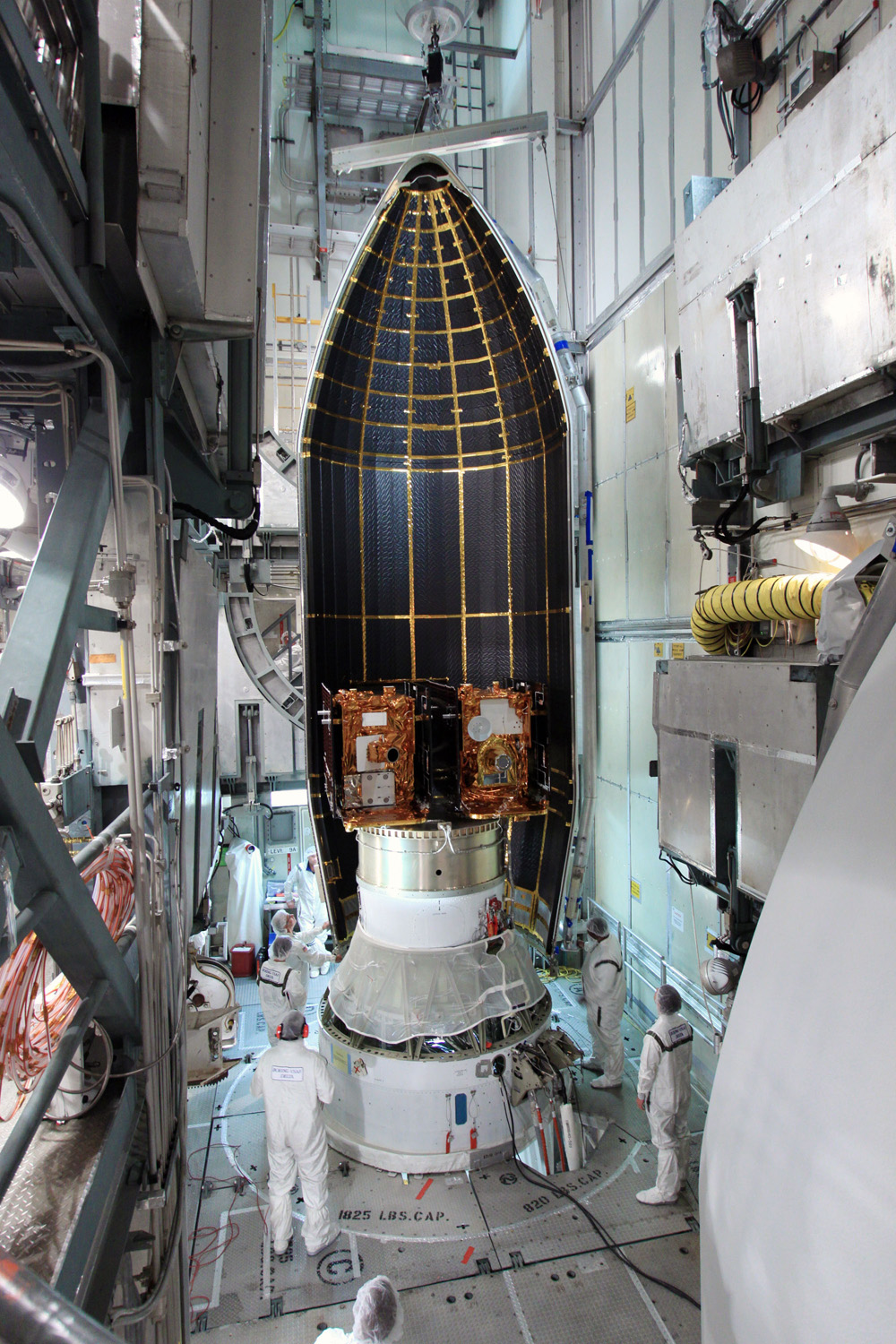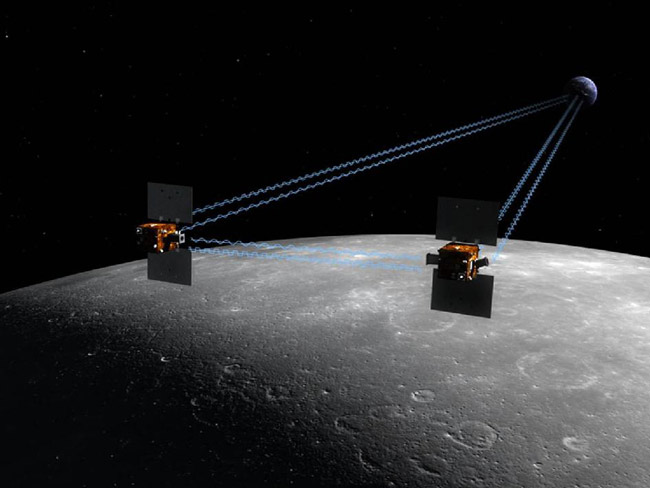
NASA is just one week away from the launch of its next mission to the moon, which will send two gravity probes to look deep beneath the lunar surface.
The twin GRAIL spacecraft are set to launch from Florida's Cape Canaveral Air Force Station on Sept. 8. On Wednesday (Aug. 31), mission managers finished up GRAIL's flight readiness review, a major milestone on the path to liftoff.
If the unmanned spacecraft launch on time and all goes well, the pair will arrive at lunar orbit around New Year's Day, and then begin studying the structure of Earth's nearest neighbor in unprecedented detail. The probes' observations should help scientists get a better handle on how the moon formed and evolved, researchers said.
"GRAIL will unlock lunar mysteries and help us understand how the moon, Earth and other rocky planets evolved as well," said GRAIL principal investigator Maria Zuber of MIT in a statement. [Photos: Our Changing Moon]

A long trip to the moon
During NASA's Apollo missions, astronauts reached the moon just a few days after blasting off. But the two GRAIL (Gravity Recovery And Interior Laboratory) spacecraft will take nearly four months to get there.The GRAIL A probe should settle into lunar orbit on Dec. 31, with its twin GRAIL B arriving a day later.
The $496 million spacecraft are taking a long, looping trip via the sun-Earth Lagrange Point 1, a gravitationally stable spot between our planet and the sun. This route is energy-efficient, researchers said, helping keep the mission's costs down.
Get the Space.com Newsletter
Breaking space news, the latest updates on rocket launches, skywatching events and more!
The two GRAIL probes will settle into polar orbits just 34 miles (55 kilometers) above the lunar surface and essentially chase each around the moon.
The distance between the twin spacecraft will change as they orbit, owing to regional gravitational differences on the moon. The spacecraft will be able to pick up these distance differences, and with incredible precision — less than the width of a human red blood cell, Zuber said.
Scientists will use these measurements to determine the lunar gravitational field in detail. And this information will in turn tell them a great deal about the moon's structure, how it formed and how it evolved over time.
Knowing more about the moon's history should also inform scientists' understanding of how other big rocky bodies, such as Earth and Mars, form and behave, researchers said. [Infographic: Inside Earth's Moon]
Twin spacecraft, twin legacies
That improved knowledge should be one legacy of GRAIL, researchers said. Another legacy will be the technology mission scientists developed to help the spacecraft make such spot-on measurements.
"Now that we've demonstrated the way that we can do precise timing, this really opens up the possibility of taking a concept like this and doing it around another planet," Zuber told reporters last week. "Imagine mapping currents in the ocean beneath [Jupiter's moon] Europa using a concept like this."
GRAIL has two one-second launch windows on Sept. 8; it can lift off at either 8:37 a.m. or 9:16 a.m. EDT (1237 or 1316 GMT). The launch period extends until Oct. 19.
You can follow SPACE.com senior writer Mike Wall on Twitter: @michaeldwall. Follow SPACE.com for the latest in space science and exploration news on Twitter @Spacedotcom and on Facebook.
Join our Space Forums to keep talking space on the latest missions, night sky and more! And if you have a news tip, correction or comment, let us know at: community@space.com.

Michael Wall is a Senior Space Writer with Space.com and joined the team in 2010. He primarily covers exoplanets, spaceflight and military space, but has been known to dabble in the space art beat. His book about the search for alien life, "Out There," was published on Nov. 13, 2018. Before becoming a science writer, Michael worked as a herpetologist and wildlife biologist. He has a Ph.D. in evolutionary biology from the University of Sydney, Australia, a bachelor's degree from the University of Arizona, and a graduate certificate in science writing from the University of California, Santa Cruz. To find out what his latest project is, you can follow Michael on Twitter.









